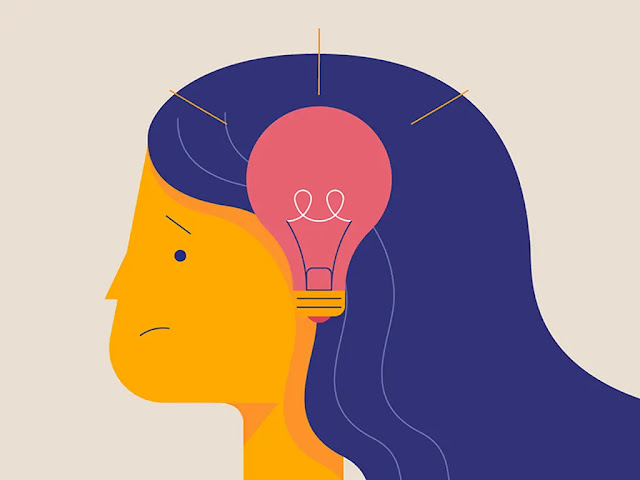Welcome to today's lesson on using schema to enhance reading comprehension! As you may know, schema refers to the background knowledge and experiences that we bring to a text. By activating our prior knowledge and making connections to the information presented in a text, we can better understand and interpret what we are reading. In this lesson, we will be exploring how to use our schema to make predictions and draw conclusions about texts of varying genres and difficulty levels. We will also discuss the importance of remaining open-minded and willing to update our schema as we learn more. By the end of this lesson, you should have a better understanding of how to leverage your schema to improve your reading comprehension. Let's get started!

Lesson Title: Leveraging Schema to Enhance Reading Comprehension
Objectives:
- Use one’s schema to better understand a text.
- Use one’s schema as basis for conjectures made about a text.
Materials:
- Texts of varying genres and difficulty levels
- Graphic organizers (e.g. Venn diagrams, KWL charts)
Warm-Up:
- Begin the lesson by asking students to brainstorm a list of things they already know about a particular topic (e.g. the solar system, the human body).
- Explain that the list they just created is an example of their schema, or their prior knowledge and experiences that they bring to a text.
Direct Instruction:
- Introduce the concept of schema and its role in reading comprehension.
- Have students work in pairs to brainstorm a list of things they already know about a new topic that will be introduced in the lesson (e.g. the Civil Rights Movement).
- As a class, discuss how their schema might help them understand and make predictions about a text on this topic.
Guided Practice:
- Provide students with a text on the topic introduced in the previous step.
- Have students use graphic organizers (e.g. Venn diagrams, KWL charts) to record their schema and make predictions about the text.
- Have students read the text and use their schema to make connections and draw conclusions.
- As a class, discuss how their schema helped them understand and make predictions about the text.
Independent Practice:
- Provide students with texts of varying genres and difficulty levels.
- Have students use their schema to make predictions about the texts and record their predictions using graphic organizers.
- Have students read the texts and use their schema to make connections and draw conclusions.
- Have students share their predictions and conclusions with a partner or small group.
Closure:
- Review the importance of using schema to enhance reading comprehension.
- Have students brainstorm ways they can continue to build and expand their schema to improve their reading comprehension.
Assessment:
- Observe students during independent practice to ensure they are using their schema to make predictions and draw conclusions about texts.
- Collect and review students' graphic organizers and discussion notes from independent practice for evidence of understanding of the concept of schema and its role in reading comprehension.






